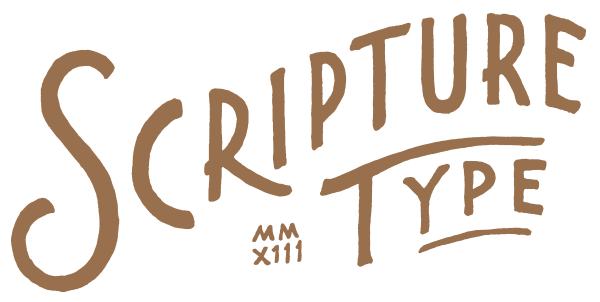Wood-burning process
Here is a step-by-step process of how I created this particular wood-burned piece. Though not exhaustive, it gives general guidelines as well as listing out which tools I like to use for wood-burning projects. I soon plan to record a video tutorial on this subject to be posted as a Skillshare class. Once that is complete, I will post the link to that as well, which will provide even greater detail on my process.
Step 1
The first thing I do when starting a new wood-burning project is to determine what piece of wood I will be working with. On this particular project, I used poplar wood because of it is a hard wood with a lighter shade. I have found harder woods to burn more smoothly and you have to be careful of darker woods to ensure that the burned design is visible. After cutting the wood, I sand over the piece of wood a few times. A smoother surface will also make for a better outcome when burning the design.
STEP 2
After the piece of wood is ready to go, I measure it and create a new document in Photoshop with those dimensions. I then place the design within the new document in the position that I want it be once on the piece of wood. The next step is to print out the design. I print it on pieces of regular 8.5 x 11" paper (the size of the design will determine the amount of paper needed). I then use painters tape to tape the design together and to then onto my piece of wood.
STEP 3
With my design positioned over the wood, I slide a sheet of carbon transfer paper underneath the design. As I trace over the design, the carbon makes an impression on the wood similar to what it would look like if I would have drawn it straight onto the wood with a pencil. This gives me an accurate guide and allows my proportions and centering to be on point. Be careful of pressing too hard on the paper with your palm as you trace as any pressure on the carbon paper can leave an impression.
STEP 4
When starting to wood-burn, it is good to check the settings on your burning unit and determine what tips you will be using before you begin. I'll usually start on a lower setting to get a feel for how the wood burns and increase the temperature as needed. There is no standard setting at which to set the temperature, it all depends on the piece of wood, the type of wood-burning unit, the speed at which you are wood-burning, and even the wind or breeze of the location where you are working. The type of tip you are using can also play a part as thinner tips usually heat up faster.
STEP 5
It's a good idea to wear a mask for the fumes. Although the campfire smell is kind of appealing, after long periods of time with smoke blowing into your face, you start to feel the effects and begin to feel kind of sick. A leather thumb guard is also helpful when working with the high heat of the burning pen, especially when you are wood-burning for long periods of time.
STEP 6
After the burning of the design is complete, I sometimes apply a polyurethane finish to seal everything, especially if it is going to be an outdoor sign. It is really just a matter of preference of how the finished piece will look and in this case we decided not to apply the finish. When not applying the finish, the wood-burned aroma lasts a little while, which I think is a pleasant smell. Tung oil is another option if you want to bring out more of the wood's grain and seal it at the same time.
STEP 7
As a finishing touch, we like to stamp each piece with our custom HLCO stamp. It's just a little detail showing that the piece was crafted by hand. Each wood-burned piece is unique with its own characteristics based on the wood we used as well as the human flaws that accompany things made by hand. Our favorite step is shipping each piece out to its new home, especially when we receive a photo or hear how the recipient is enjoying it. Our desire is that each piece would be a blessing to those that receive them.
